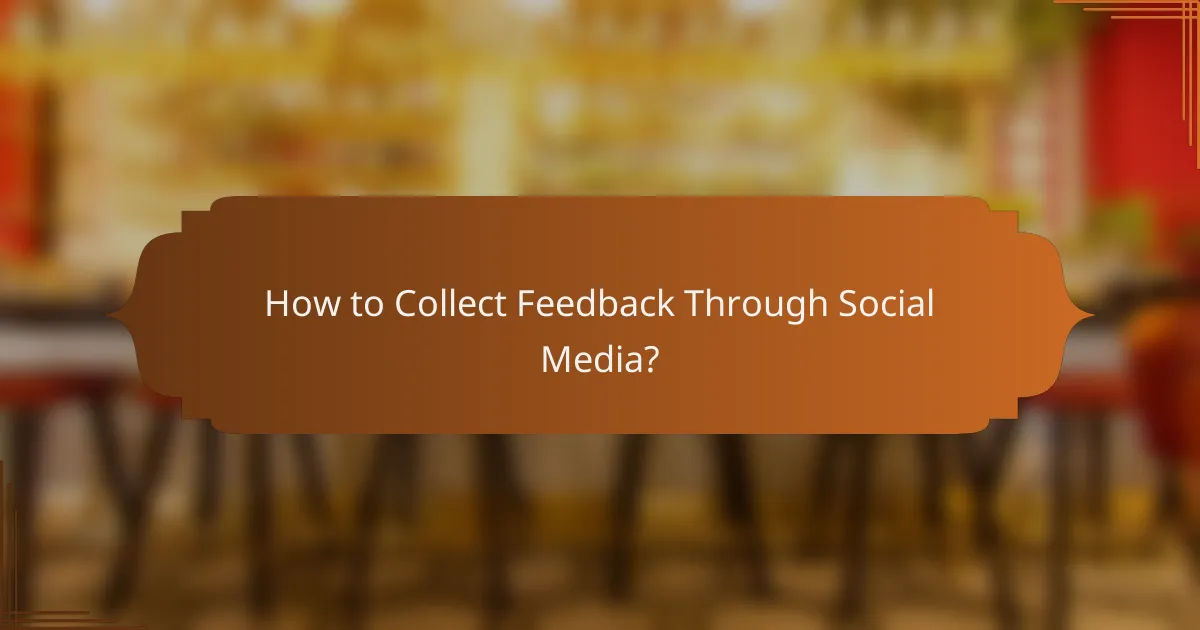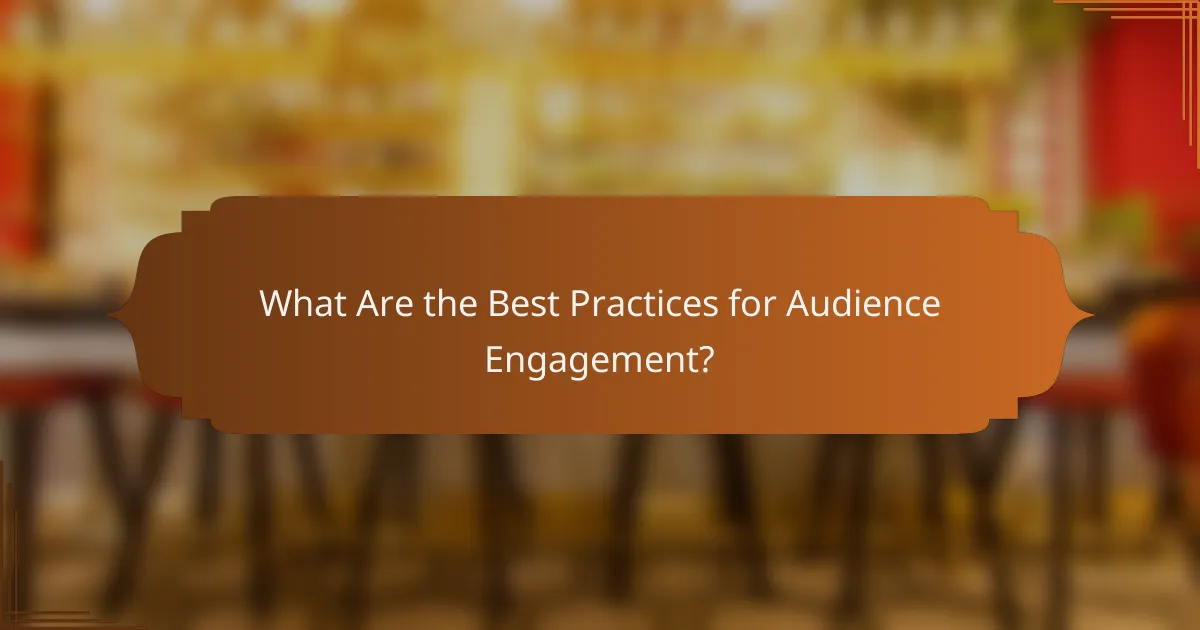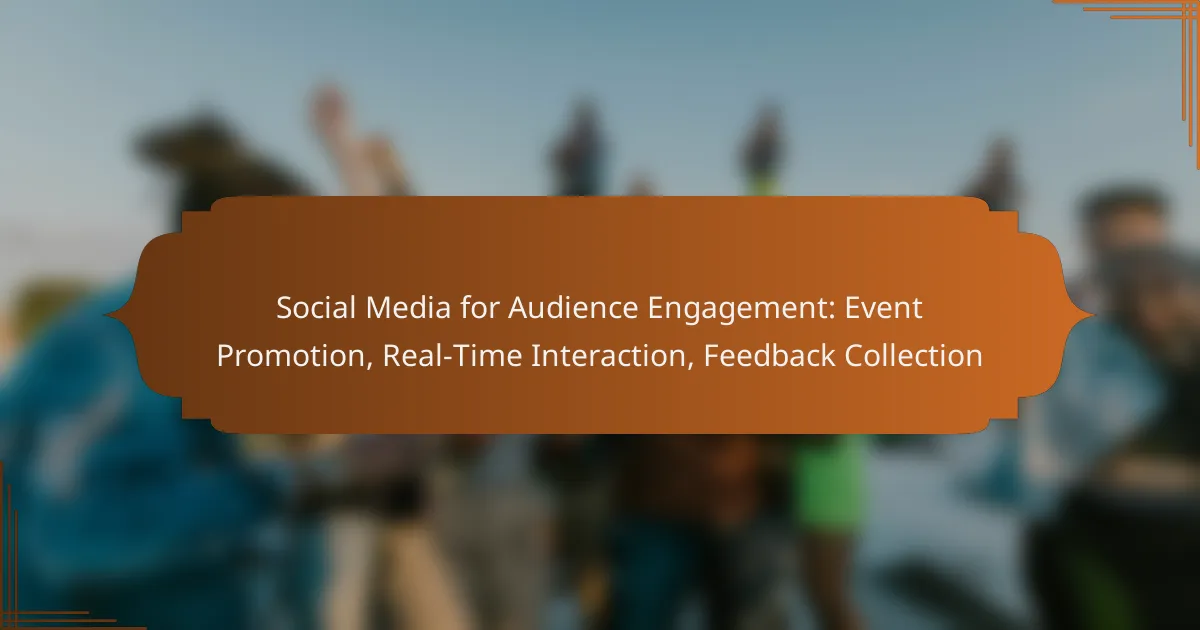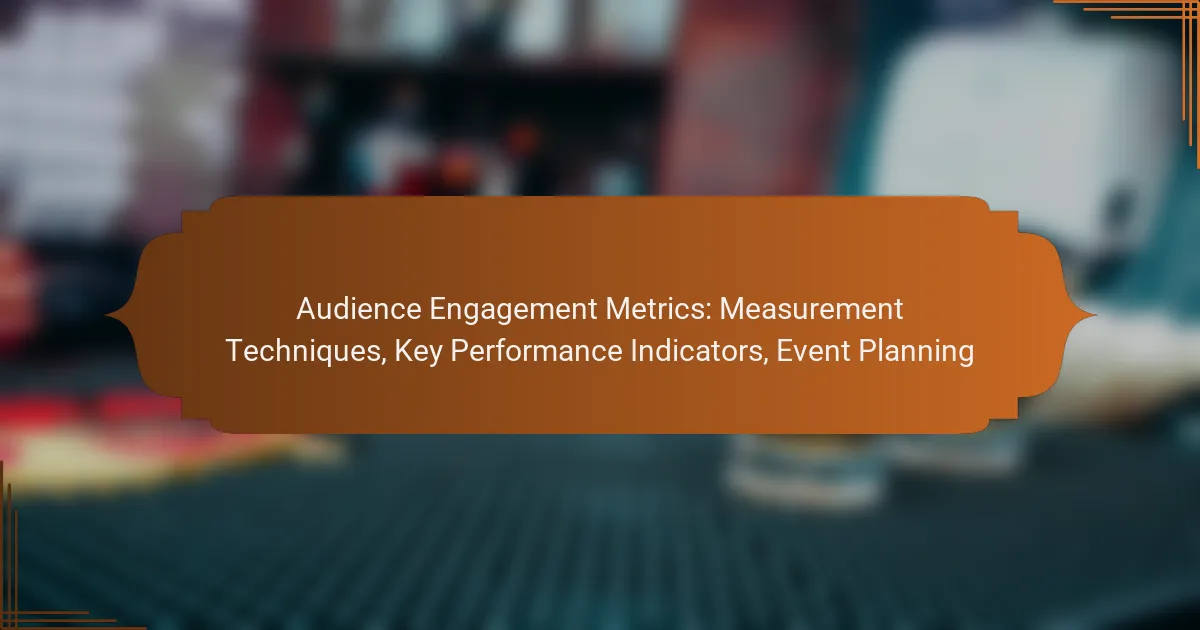Social media serves as a powerful tool for event promotion, enabling organizers to reach targeted audiences and generate excitement. By facilitating real-time interactions, these platforms foster engagement and allow for immediate feedback collection, enhancing the overall event experience. Utilizing social media effectively can significantly improve attendance and deepen connections with participants.

How Can Social Media Enhance Event Promotion?
Social media can significantly boost event promotion by reaching targeted audiences, creating buzz, and facilitating real-time engagement. By leveraging various platforms, event organizers can effectively share information, generate excitement, and drive attendance.
Targeted Advertising on Facebook
Facebook’s targeted advertising allows event promoters to reach specific demographics based on interests, location, and behaviors. This precision ensures that promotional content is seen by individuals most likely to attend the event.
To maximize effectiveness, consider using eye-catching visuals and compelling calls-to-action. Setting a budget that aligns with your audience size can help optimize ad performance without overspending.
Instagram Stories for Event Teasers
Instagram Stories are an excellent way to create anticipation for an event. By sharing behind-the-scenes content, sneak peeks, or countdowns, you can engage followers and encourage them to mark their calendars.
Utilize interactive features like polls or questions to foster engagement. Posting stories consistently in the lead-up to the event can help maintain interest and excitement among your audience.
Utilizing Twitter for Event Countdown
Twitter is ideal for real-time updates and countdowns leading up to an event. Regular tweets can remind followers of the event date, share important details, and generate conversations.
Consider using a countdown format, such as “3 days to go!” to build momentum. Engaging with attendees through retweets and replies can also enhance community involvement and excitement.
Collaborations with Influencers
Partnering with influencers can amplify your event’s reach and credibility. Influencers can share your event with their followers, providing authentic endorsements that resonate with potential attendees.
When selecting influencers, consider their audience demographics and engagement rates. A well-aligned influencer partnership can lead to increased visibility and ticket sales.
Creating Event Hashtags
Creating a unique event hashtag can facilitate conversations and increase visibility across social media platforms. Encourage attendees to use the hashtag in their posts, which can help generate user-generated content and buzz.
Promote the hashtag in all event-related materials, including invitations and social media posts. This strategy not only enhances engagement but also allows you to track discussions and feedback surrounding the event.

What Are Effective Real-Time Interaction Strategies?
Effective real-time interaction strategies engage your audience instantly, fostering connection and participation. These methods leverage social media platforms to create dynamic conversations, gather immediate feedback, and enhance event promotion.
Live Streaming on YouTube
Live streaming on YouTube allows you to broadcast events or discussions in real-time, reaching a global audience. Consider using this feature for product launches, webinars, or interactive sessions where viewers can ask questions as you present.
To maximize engagement, promote your live stream in advance and encourage viewers to participate by asking questions or sharing comments during the event. Aim for streams that last between 30 minutes to 2 hours to maintain viewer interest without overwhelming them.
Real-Time Polls on Instagram
Real-time polls on Instagram Stories provide a quick and interactive way to gauge audience opinions or preferences. Use this feature to ask questions related to your event or products, allowing followers to respond instantly.
Keep polls simple and relevant, using clear language and engaging visuals. Aim for a response time of a few hours to capture immediate feedback, and consider sharing results afterward to foster a sense of community and involvement.
Engaging with Comments on Facebook
Engaging with comments on Facebook is crucial for building relationships with your audience. Responding to comments promptly shows that you value their input and encourages further interaction.
Set aside time during and after your posts to reply to comments, addressing both positive feedback and questions. Aim for a response time of under 30 minutes during peak engagement times to keep the conversation flowing and maintain interest.
Hosting Q&A Sessions on Twitter Spaces
Hosting Q&A sessions on Twitter Spaces allows for real-time discussions with your audience, fostering a sense of community. These audio-only sessions can be used to answer questions about your brand, products, or upcoming events.
Promote your Q&A in advance and prepare a few key topics to kick off the conversation. Keep sessions to about 30-60 minutes to encourage participation without losing audience attention. Encourage listeners to raise their hands to ask questions, creating an interactive experience.

How to Collect Feedback Through Social Media?
Collecting feedback through social media involves engaging your audience directly on platforms they use daily. This can enhance your understanding of customer preferences and improve your offerings based on real-time insights.
Surveys via Facebook Messenger
Using Facebook Messenger for surveys allows for direct interaction with your audience. You can create simple questionnaires that users can complete quickly, often resulting in higher response rates compared to traditional methods.
To implement this, consider using tools like Chatfuel or ManyChat to automate the survey process. Keep questions concise and relevant, and offer incentives like discounts or exclusive content to encourage participation.
Using Instagram Stories for Quick Feedback
Instagram Stories are an effective way to gather quick feedback through polls and questions. This feature allows you to create engaging, interactive content that can capture your audience’s opinions in a matter of seconds.
Utilize the poll sticker to ask binary questions or the question sticker for open-ended responses. Aim for clarity and brevity in your queries to maximize engagement, and consider sharing results to encourage further interaction.
Monitoring Comments for Insights
Monitoring comments on your social media posts can provide valuable insights into customer sentiment and preferences. This method allows you to gauge reactions in real-time and identify common themes or concerns.
Regularly review comments and categorize them to identify trends. Responding to comments can also foster a sense of community and encourage more feedback. Use social listening tools to streamline this process and capture a broader range of opinions.
Creating Feedback Forms on LinkedIn
LinkedIn is a professional platform where you can create detailed feedback forms tailored for business audiences. This approach is particularly useful for gathering insights from industry peers or clients.
Utilize LinkedIn’s native tools or external services like Google Forms to create your feedback forms. Ensure that the questions are relevant to your professional audience and consider sharing the forms in relevant groups or through direct messages to increase visibility.

What Are the Best Practices for Audience Engagement?
Effective audience engagement on social media hinges on a few key practices that foster interaction and build community. By implementing strategies like a consistent posting schedule, utilizing user-generated content, and responding promptly to audience queries, brands can enhance their visibility and strengthen relationships with their followers.
Consistent Posting Schedule
Maintaining a consistent posting schedule is crucial for audience engagement. Regular updates keep your audience informed and interested, encouraging them to return for more content. Aim for a frequency that suits your audience’s habits, whether that’s daily, a few times a week, or weekly.
Consider using social media management tools to plan and automate your posts. This can help ensure that your content goes live at optimal times when your audience is most active. A simple content calendar can also help you track your posting schedule and themes.
Utilizing User-Generated Content
User-generated content (UGC) is a powerful way to engage your audience and build trust. Sharing content created by your followers not only showcases their contributions but also encourages others to participate. This can include photos, testimonials, or reviews related to your brand.
To effectively leverage UGC, create campaigns that invite your audience to share their experiences. For example, you might run a contest where participants post photos using a specific hashtag. This not only generates content but also fosters a sense of community around your brand.
Responding Promptly to Audience Queries
Timely responses to audience queries can significantly enhance engagement. When followers reach out with questions or comments, addressing them quickly shows that you value their input and are attentive to their needs. Aim to respond within a few hours, if possible.
Establish a system for monitoring your social media channels to ensure no inquiries go unanswered. Consider setting up alerts for mentions of your brand and using chatbots for immediate responses to common questions. This proactive approach can improve customer satisfaction and loyalty.



